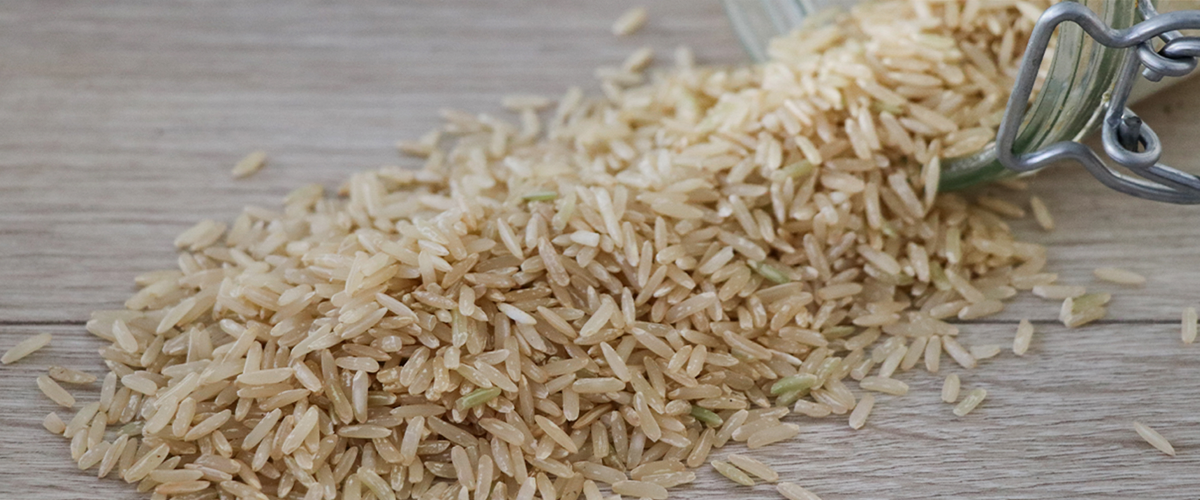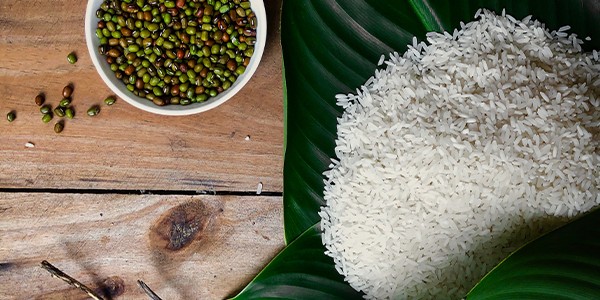-
Your shopping cart is empty!

About Basmati Rice The world’s second-largest consumer of rice, India is also the second-largest global producer of the rice, producing more than twice the amount of rice annually as the next largest producer. Basmati rice is the most popular long-grained rice grown around India. Basmati is known for its sweet aroma, soft, voluptuous texture, and uncommon long, curved grains. It was these very characteristics that enabled basmati rice to gain its reputation as one of the most eminent and expensive rice. |  | |
From the Maharajahs of India to the Shahs of Persia, basmati is a delicacy that has been enjoyed and appreciated by royalty throughout history. Basmati rice is truly a culinary delight that has been universally enjoyed from ancient Eastern palaces to its modern-day audience comprised of food lovers of all nationalities and social classes. This rice can be used as the basis for a variety of delicious and versatile meals. India traditionally grows three types of Basmati that are Basmati 385, Basmati 370 and the R.S. Pura Basmati, which is of the Extra Long Grain Variety. Areas of Cultivation: The areas of Basmati Rice production in India are in the states of J & K, Himachal Pradesh, Punjab, Haryana, Delhi, Uttarakhand and western Uttar Pradesh. | ||
Varieties and types
|
There are over 100,000 or more varieties of rice of which some 8,000 are cultivated by man for food. The rest are ’wild rice’ but they must not be mistaken with the long, black grains of wild rice, which is a different plant altogether |
There are three main types of rice |
The 6-mm long grain, which when cooked, remains separate. |
The 5-6-mm medium grain is a little shorter than the long-grain rice and this variety remains firm and light when cooked but does tend to stick when cooled. |
The 4-5-mm short grain, with round grains, tends to stick together when cooked. There are a number of intermediate types as well. The classification is according to the type of mechanical or physical processing the grain receives after harvesting. |